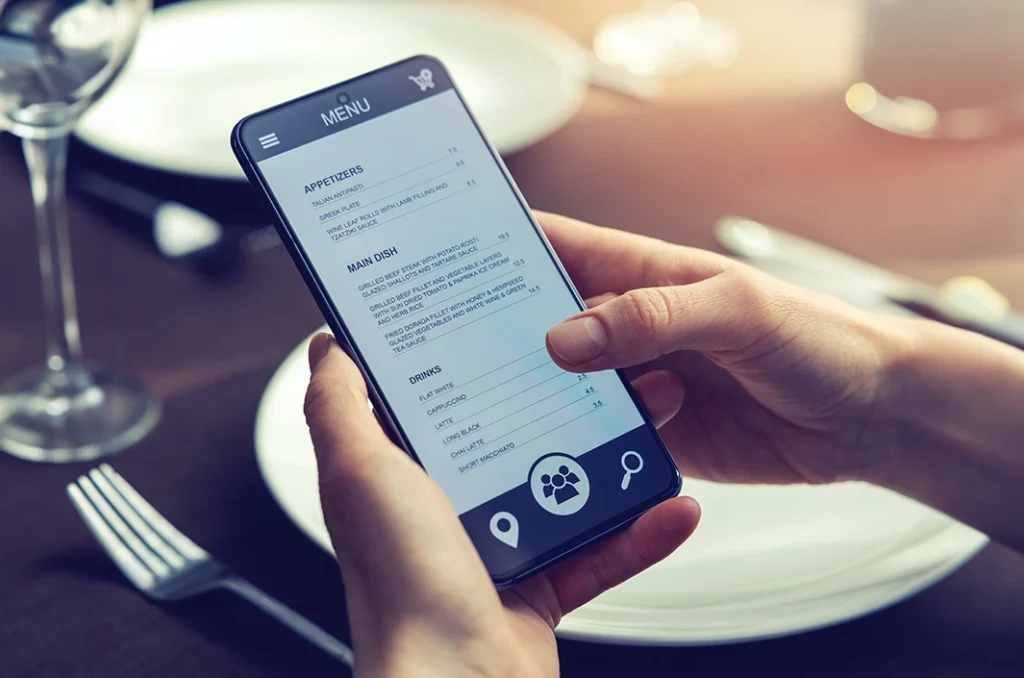Three tips for frozen-yogurt operators to survive market saturation.
Originally published on QSRMagazine.com. You can read the article here.
Frozen-yogurt shops are reaching critical mass as sales and momentum start to slow down. The next obvious step in this fad is for the segment to reach its breaking point when weaker brands begin to fall away leaving only the strong to survive. Change is inevitable, but that doesn’t mean change has to be negative. Fro-yo brands with less market penetration don’t have to fail, but in order to persevere they will need to change the game in some way.
The fro-yo frenzy started with the introduction of a build-it-yourself format. That new format, mixed with a pay-by-weight pricing structure, helped the craze skyrocket exponentially. The segment’s pioneers saw quick success that lead to others jumping on board to claim their piece of the American dream.
Changing the game isn’t easy, but there are a number of directions in which these brands can grow and gain more market ownership. It will take visionary leadership and the chutzpah to take the risk, but there are opportunities within reach that are ripe for the picking. These opportunities include extending the offering; creating cobranded experiences; crafting a fresher, better story; or a combination of any of the three.
1. Extend the core offering
As it stands today, most frozen-yogurt joints sell their core product and maybe rendition of the classic milkshake. There aren’t many brands that go beyond that offering. The small, café-like experiences are poised to take on a larger offering into new day parts. Red Mango and Pinkberry are seeing success in doing this with their smoothie offering.
Breakfast is a rapidly growing daypart that sees large returns, and Greek yogurt is a huge market that’s untapped by many concepts out there. Besides cafés that resell Chobani or Oikos products, Red Mango seems to be hip to the trend by serving frozen Greek yogurt and regular yogurt parfaits—but even that’s not enough to tackle the breakfast daypart. With the build-it-yourself bar already setup, it only makes sense to create a build-your-own parfait offering for breakfast. Sure, different machines may be necessary, but that’s what innovation in the face of adversity requires.
With a breakfast comes the demand for beverages. The natural choice of beverages is coffee or tea. Many quick-serve restaurants have seen large jumps in revenue after adding specialty coffees to their lineup. Thanks to the likes of Starbucks and Caribou Coffee, drinking into the evening has become a lifestyle. By adding a unique beverage lineup, a fro-yo shop turns into an actual café that opens the doors to a full day of service. And that means more revenue and a point of differentiation that’s easily sold to the market.
2. Create cobranded experiences
Some concepts aren’t meant to stand on their own. Yum! Brands is known for its cobranded locations that combine a Taco Bell and KFC, Pizza Hut and Wing Street, or other brands in the portfolio. The idea is to combine forces to conquer an area where one brand would potentially poach the other. In the case of frozen yogurt, the opportunity to cobrand with another concept facing a downfall is prime.
The cupcake craze is already on the way out, but that doesn’t mean the demand has completely died. Cupcake bakeries have a great format with the ability to offer catering as a line of business. An operator could offer cupcake and fro-yo sandwiches, cupcakes topped with fresh fro-yo flavors, and other concoctions that create a new experience for consumers. Being the first of its kind would spark a blaze of interest all built on two fads that still have merit. The new brand would pull market share from both formats, frozen yogurt and cupcakes, while technically being first-to-market.
3. Craft a fresher, better story
Most frozen yogurt shops all have the same look. If you close your eyes you can picture it easily: White plastic accouterments mixed with bright, vibrantly colored tiles. The logo is probably a mix of greens, oranges, and pinks. The story is one based on a healthier dessert with fruit toppings sitting next to sugary candy sweets.
A brand’s story that’s honest and legitimate draws in passionate fans. Think of TOMS shoes and Chipotle: Both brands have embraced a bigger picture beyond their offering and have been rewarded with extremely loyal, raving fans. In the frozen-yogurt world, no brand has really done more than peddle their dessert in a run-of-the-mill interior experience.
The good news is that stagnation of story and experience leaves the door wide open for a game changer. What if the product was more natural or organic? What if a brand told the story of a cow to creamery journey much like Chipotle does for the world of burritos? What if a frozen-yogurt brand tied itself to a philanthropic movement entirely? People respond to a higher purpose that aligns with the brands values and vision.
It’s an inevitability that the frozen-yogurt world will change. How current fro-yo brands approach this change will determine the viability of their business. By taking a strategic look at their offering, opportunities and brand story, smart brands can find a way to change the game and avoid failure.

